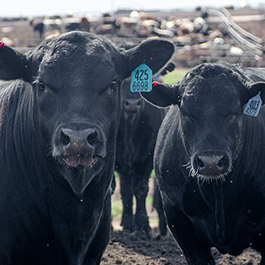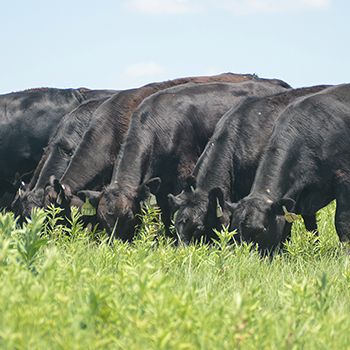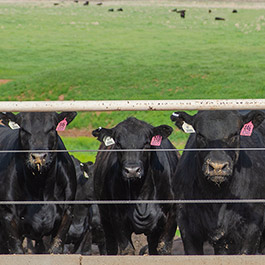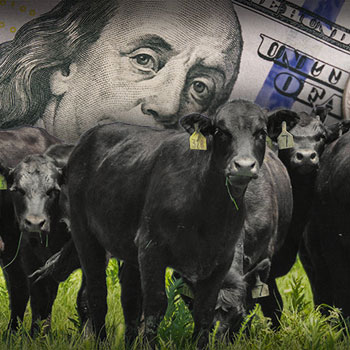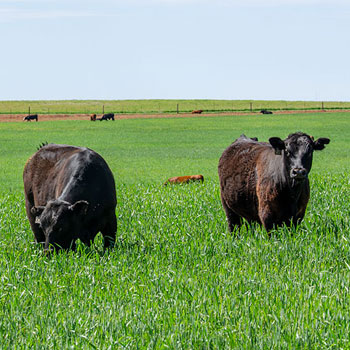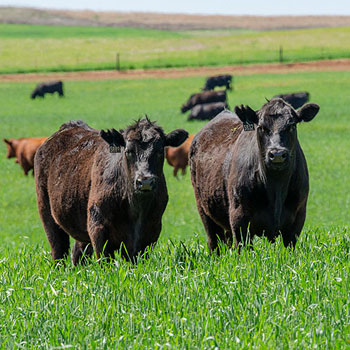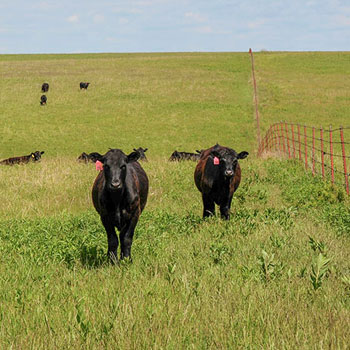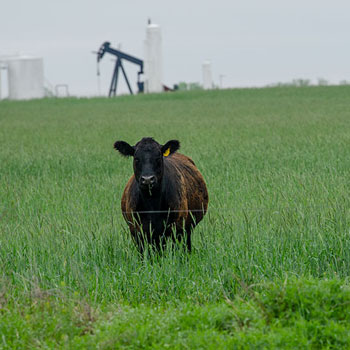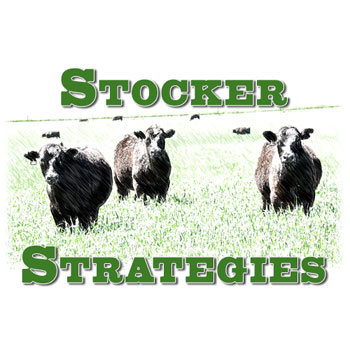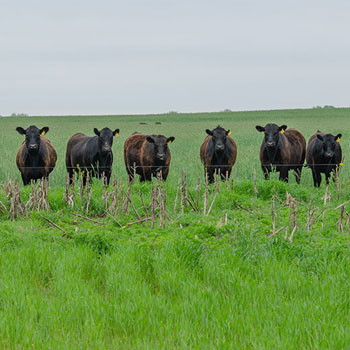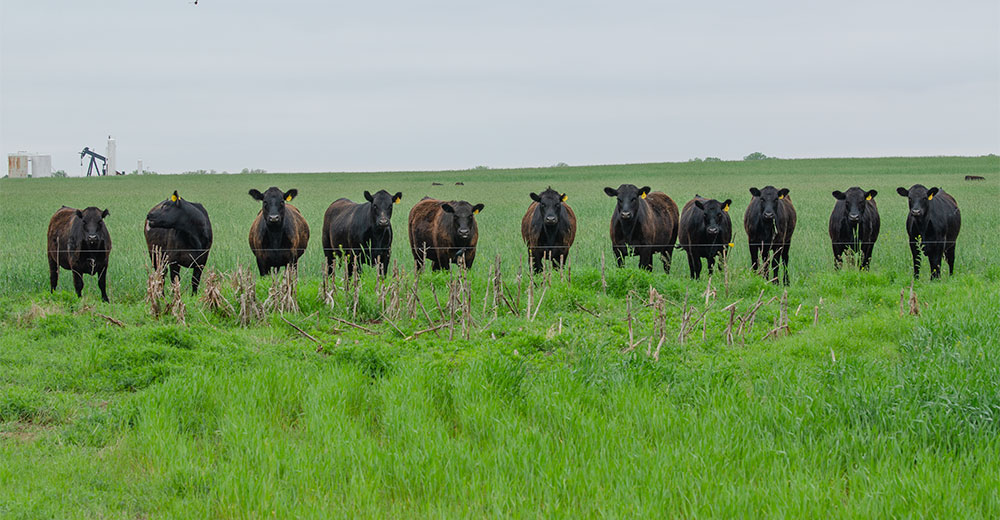
Precon Premiums
Preconditioning can add value to calves.
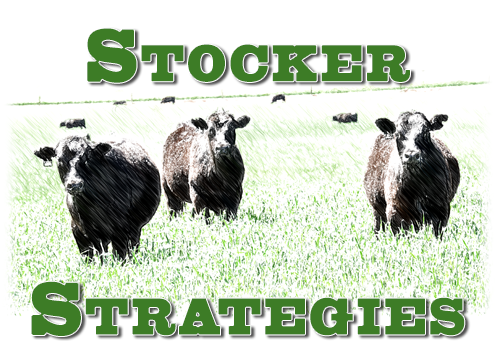
Most cattle buyers have certain preferences regarding the health management of calves when they take delivery from the producer or purchase calves through a marketing program. These prerequisites generally include certain vaccinations and preweaning.
Joe Lichtie, Superior Livestock, says verified vaccination programs and weaning the calves before selling them can be beneficial for producers if they do this. Buyers are generally willing to pay more for weaned calves, especially calves that have gone through a verified preconditioning program that uses specific vaccinations. Third-party certification programs, such as various state-sanctioned green- or gold-tag preconditioning programs or similar private programs can help buyers determine the value of these calves.
Verified preconditioning programs range from regional protocols developed by an auction market to state and national programs through pharmaceutical and verification companies. Producers can also work with their own veterinarian to verify their practices with a signed affidavit from the veterinarian regarding the vaccinations their calves received and when.
Basically, verification consists of following a structured health program and keeping records. For example, the Value Added Calf (VAC-45) program, which means vaccinated and weaned for 45 days, has a set of protocols that require two rounds of vaccinations. Producers must provide documentation on which vaccinations were given, the brand name, the dates given and the injection sites.
“From a buyers’ standpoint, the VAC-45 calves and VAC Precon calves have less risk for illness. The VAC Precon includes weaned calves that have been on a vaccination program like VAC-34 or VAC-24,” says Lichtie.
This makes a big difference in calf health when those calves arrive at the feedlot or stocker pastures. Today, it is more frequent for calves to be vaccinated and weaned, or they get discounted at the marketplace. Buyers have more confidence in cattle that have already been weaned and have all the required vaccinations. If a buyer gets a set of cattle that perform well and don’t get sick, he’ll bid on calves from that producer again the next year.
Genetics are part of that picture, and in the future will be even more important.
“We have some programs now (such as Angus Link) that help identify reputation feeder cattle. Buyers can look at the pedigrees of the bulls and put them into their system, to know what to expect,” says Lichtie.
Combined with being preweaned and vaccinated, this almost guarantees healthy, good-performing cattle. Over the past few decades, preconditioning has changed the face of marketing calves.
“The more information we can give buyers, the better the calves sell. When we started 30 years ago, before the internet, the buyers only received a printed catalog containing information about the calves offered. Now all the information is readily accessed online,” says Lichtie.
Editor’s note: Heather Smith Thomas is a cattlewoman and freelance writer from Salmon, Idaho.
